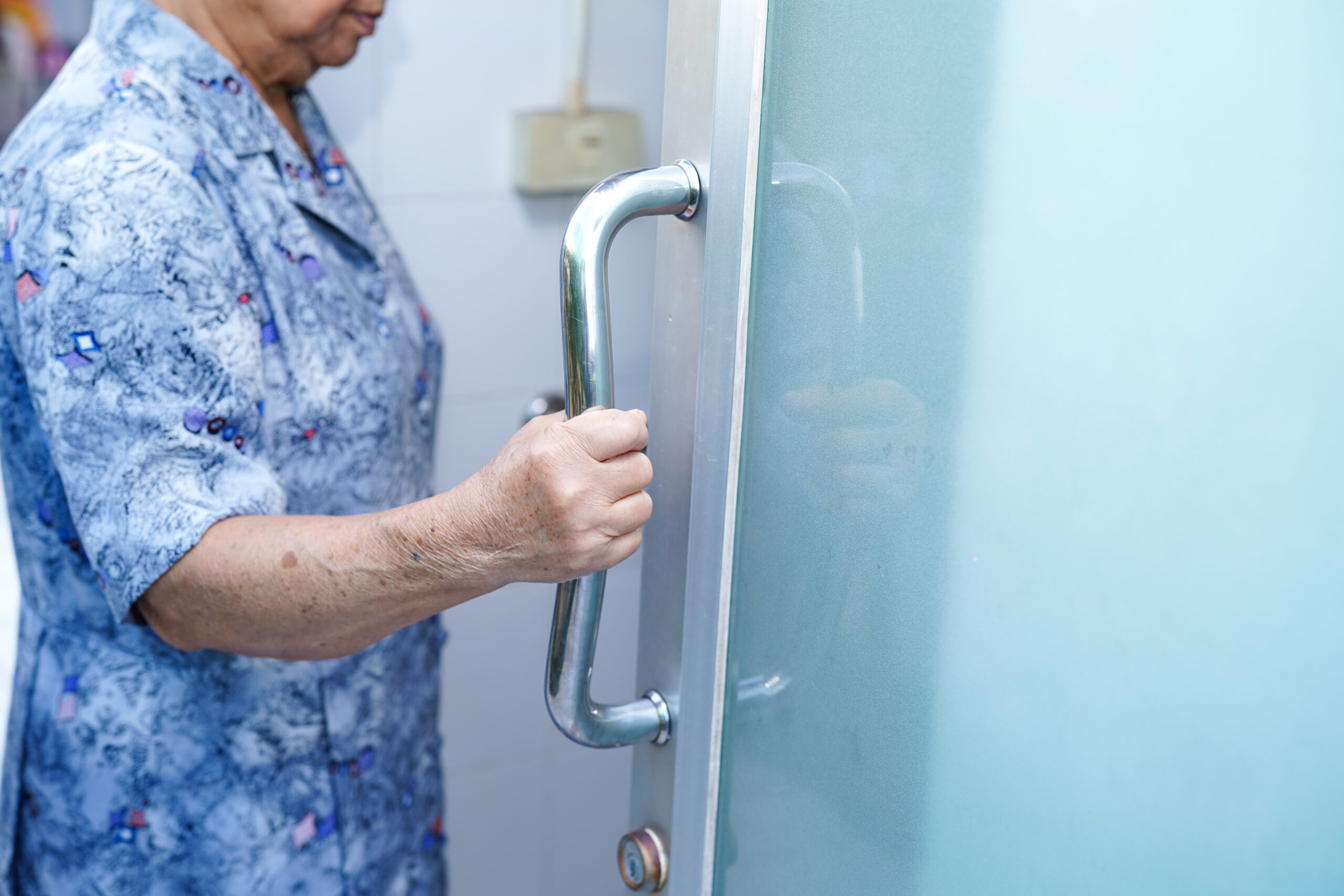Medicaid’s Support for Technology and Safety Devices in Dementia Homes
Medicaid plays a crucial role in supporting individuals with dementia by covering various forms of care and equipment. When it comes to technology and safety devices in dementia homes, understanding what Medicaid covers can be a bit complex, as coverage varies significantly from state to state.
### Understanding Medicaid Coverage
Medicaid is a government program that helps low-income individuals and families pay for medical care. It covers a wide range of services, including medical and long-term care needs for seniors living in the community rather than in nursing homes[4]. However, the specific coverage of technology and safety devices, such as medical alert systems, is not always straightforward.
### Durable Medical Equipment
Medicaid generally covers durable medical equipment (DME) that is deemed medically necessary and cost-effective. This can include items like wheelchairs, walkers, and other home medical equipment[5]. The process for obtaining coverage typically involves getting a medical justification letter from a healthcare provider, choosing a Medicaid-approved supplier, and obtaining prior approval from the state Medicaid office[5].
### Medical Alert Systems
Medical alert systems are devices that allow individuals to call for help in case of an emergency. While these systems are not typically covered by Medicare, some Medicaid programs might cover them under specific circumstances, such as through Home and Community-Based Services (HCBS) waivers[1]. These waivers allow states to provide additional services beyond the standard Medicaid benefits, which can include support for living in assisted living facilities or at home.
### State Variations
The key to understanding Medicaid’s support for technology and safety devices is recognizing that coverage varies by state. Some states may offer more comprehensive coverage through HCBS waivers or other programs, while others may have more limited options. It’s essential for individuals and families to contact their state’s Medicaid office to determine what specific services and devices are covered.
### Conclusion
Medicaid provides vital support for individuals with dementia by covering necessary medical equipment and potentially some safety devices. However, the extent of this coverage depends on the state and specific programs available. By exploring local Medicaid options and understanding the process for obtaining coverage, families can better navigate the system and ensure that their loved ones receive the support they need.





